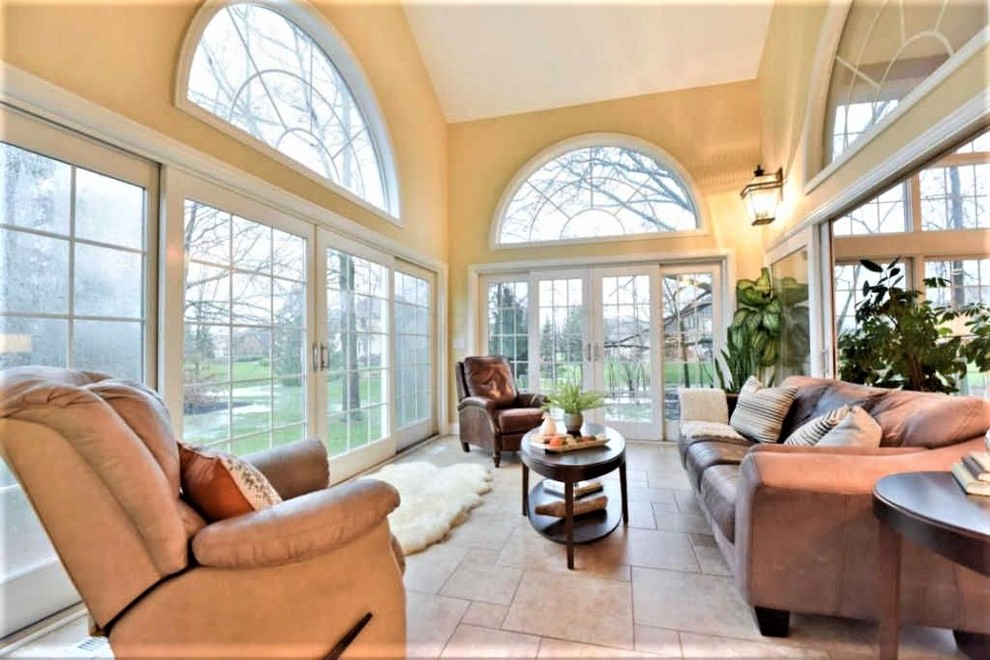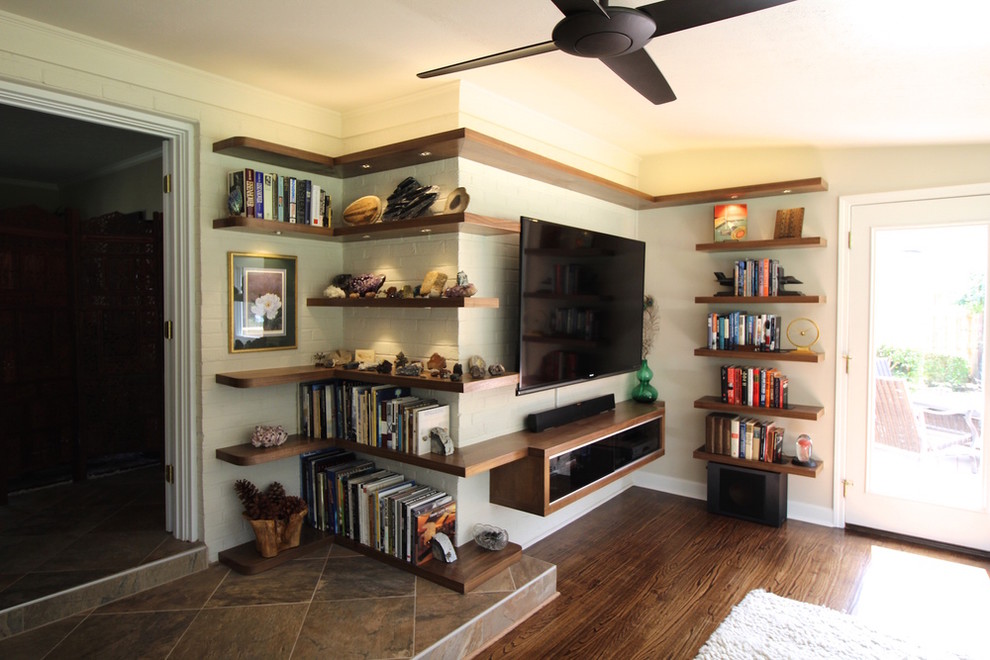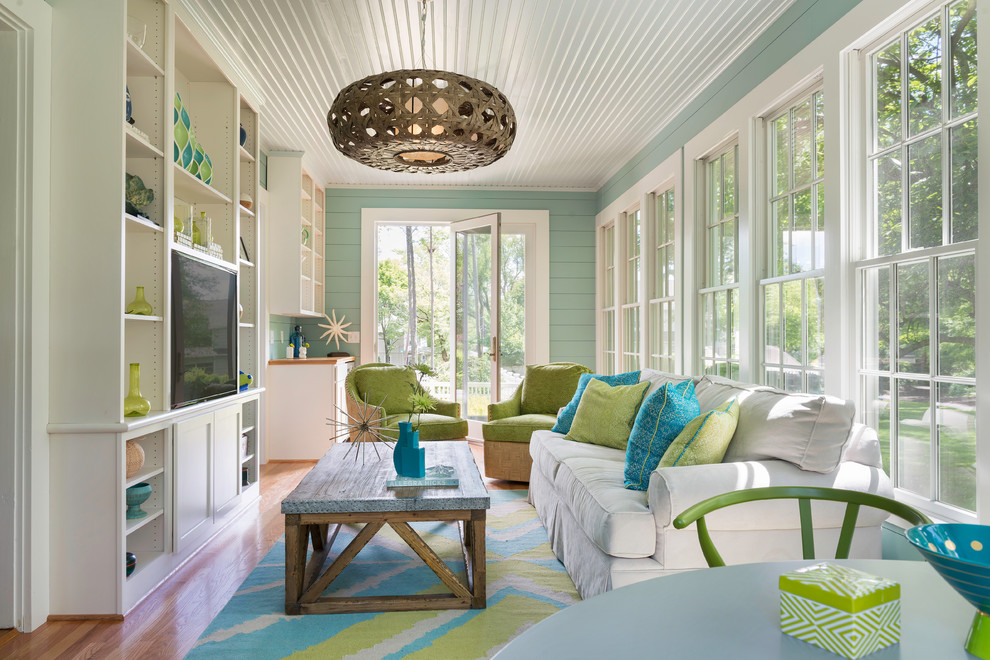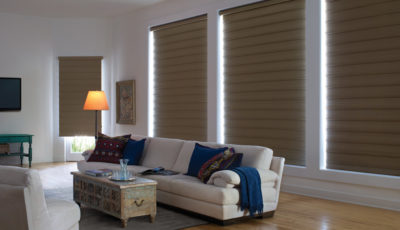Improving Indoor Air Quality and the Role of Heating and Cooling
As humans, we spend a lot of our lives cooped up indoors. In fact, the average person will spend over 13 years at work, 26 years asleep, and seven years trying to get to sleep. And that’s just covering the basics.
With so much time spent indoors across a lifetime, it’s natural to worry about indoor air pollution and the quality of your air in general. Indoor air quality might not seem like much of an issue, but it can lead to a range of symptoms such as headaches, lethargy, tiredness, and respiratory distress. For people with asthma or allergies, poor air quality can aggravate their conditions further and heavily impact on their day to day lives.

Of course, poor indoor air quality may not be the cause of your symptoms, but this leads to problems of its own. Blaming poor air quality may be masking underlying problems, or conversely, you might struggle to identify the cause of your symptoms when air quality is really to blame.
The best course of action is to take steps to improve your indoor air quality. One of the best ways you can do this is by installing and maintaining quality heating and cooling systems.

In this article, we will dig deeper into indoor air quality and outline some of the steps you can take to enhance your air quality at home.
Understanding Indoor Air Quality: What Are the Factors and Who Is at Risk?
There are many factors and sources that can contribute to indoor air pollution. Some of the factors that may lower your air quality include:
- The build-up of dust
- The use of certain household products
- Indoor activities
- Materials used in building and construction
- Outdoor factors
You have direct control over many of the factors that can affect your air quality. This means our individual behaviours, habits and decisions are essential when it comes to improving indoor air quality.
For most people, exposure to indoor air pollutants will affect them based on how long they have been exposed for and how strong the pollutant is. This means both prolonged low-level exposure and short-term high-dosage exposure can impact your health.
Photo by Interiors Joan and Associates
As well as this, certain individuals will be at a higher risk of health problems caused by poor indoor air quality. This includes the elderly, the very young, those with cardiovascular or respiratory conditions, and people with asthma, allergies, or other sensitivities.
7 Ways to Improve Indoor Air Quality
According to the Australian Government’s Your Home guide, there are four key strategies for achieving better indoor air quality.
These are Eliminate, Ventilate, Separate, and Absorb. These strategies aim to eliminate the air pollutant, improve ventilation to increase fresh air, separate pollutant-related materials when they can’t be removed, and absorbing pollutants in your indoor environment.
To help you with each of these steps, we’ve compiled 7 strategies that you can use in each stage.
Eliminate
1. Reconsider Your Cleaning Products
Replace stain removers, carpet cleaners and other chemical products with DIY and natural alternatives.
2. Tidy and Clean Regularly
Regular cleaning helps to reduce dusty and dirty surfaces. Tidying up also reduces clutter, which makes cleaning easier and reduces the surfaces that dirt, dust, and grime can gather on.
3. Focus on the Flooring
If you have carpets, consider replacing them. Tile, cork, hardwood floors, linoleum, and even low pile carpet will collect less dirt. Make a habit of taking off your shoes at the door so you don’t traipse outdoor pollutants into your house.
Ventilate
4. Natural Ventilation
Keeping your windows and doors open will go a long way to letting the fresh air in on good days. Alternatively, natural air purifiers (not air fresheners) can eliminate air pollutants and enhance your indoor space.
5. Mechanical Ventilation (HVAC)
Keeping your windows and doors open all the time might not sound like much fun, especially in winter or on days of lower outside air quality. This is where your HVAC system comes in (Heating Ventilation, Air Conditioning). With the right heating and cooling system, you can bring fresh air into your home and have air constantly circulated around your space.
Most heating and cooling systems will bring in air from outside, filter it, and then heat or cool it for you, meaning the air you’re enjoying is both clean and comfortable.
Separate
6. Seal Your Home Effectively
Sealing your home from leaks will help to separate you from external air pollutants and it will also make your heating and cooling more efficient. Some areas to focus on sealing include:
- Doors and windows
- Vents and exhausts
- Poorly fitted floorboards
- Gaps around insulation
- Your garage, so car fumes don’t penetrate from the garage to the home
Absorb
7. Invest in House Plants
As well as looking great, indoor plants are natures greatest air purifiers. Some great air purifying plants include Devil’s Ivy, Aloe Vera, Bamboo, and Chrysanthemums.
Photo by Joseph Bergin Architect PC
A Heating and Cooling Service Is Key to Your Air Quality
As mentioned, an effective heating and cooling system is one of the keys to ventilation at home and indoor air quality overall. To ensure the effectiveness of your system in terms of heating, cooling, and ventilation, you need to have it serviced annually.
A yearly heating and cooling service will ensure the vents, filters, and all other parts of your HVAC system are clean and operating effectively. Heating and cooling services also ensure your system is working its best in terms of comfort and overall efficiency, ensuring cost-effective functioning in the height of summer or the depth of winter.
Photo by Studio MM Architect, pllc
When you partner with a heating and cooling provider, ensure they specialise in servicing, repairs, and maintenance as well as system installation. This way, you have a professional who can assist you with your indoor air quality for years to come.
With regular heating and cooling service and the other steps in this article, you will be able to improve your indoor air quality and the health of your home overall.

















